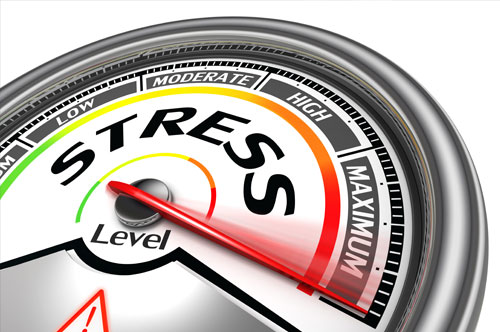
The COVID-19 pandemic is unprecedented. Front of mind is our families. And we’re all concerned about how best to take care of their employees.
We have two major things going on. First, most companies are scrambling to put together a plan and execute it, from working remotely to forming a business plan going forward.
The second thing that’s affecting people is uncertainty. Orders are being canceled, layoffs are rampant, and leaders aren’t getting a chance to catch their breath. The uninformed and fearful are making bad decisions, which is generating even more stress. Things are moving fast, and there’s a lot of anxiety out there.
Some distributors will default this year. Yet, the strong companies are mobilizing. They are forming plans, making tough decisions, and looking ahead the best they can.
Forming an action plan
Lay out a near- to midterm strategy in the face of uncertainty. In fact, the strongest companies have already thrown out their 2020 business plans and have effectively started over. Many of them have three primary goals:
- They want to still be in business when this is all over.
- They want to protect their employees as much as possible, especially those who are high-risk of developing the disease.
- They want to treat people well and behave in a way that people will remember when this is all over.
The first thing to do is to develop a stress test.
What is a stress test?
A stress test involves taking a hard look at your business and identifying what it can afford if you’re at 40%, 50% or 60% of what you thought you’d be at in terms of revenue. What do you need to do to survive at those reduced levels?
The biggest piece of that is your personnel. If you’re at half of what you budgeted in dollars, how much payroll can you support? This doesn’t mean putting a list together of all the people you’ll terminate. It means asking yourself, what else can you do? Shorten the workweek? Have managers take a salary reduction? Eliminate perks such as reimbursing personnel for cell phones? Furthermore, what non-personnel action can you take? Can you get extended terms from suppliers? Can you renegotiate your debt?
Performing a stress test is about sitting down with your senior finance leaders, pulling together your numbers, and getting real with the CEO. You’ll project that, at X level of revenue, for Y amount of time, here’s how much of a loss we can take — and here’s what we’ll need to get back to a break-even point. A combination of payroll, nonpayroll, and debt might be available to lessen that blow.
Looking reality in the eye
A stress test generally has to do with looking reality straight in the eye and deciding about what you’ll do, and what costs you can support.
Many leaders are reluctant to do this, but don’t wait until it’s too late. Often, the senior executives are the ones needing to present the ideas to the board. Many clients make decisions such as reducing 401K matching, or collapsing floating holidays. During every downtown, many companies regret not doing more sooner.
Coming out the other side
We will come out of this, but there will be changes in all our business models. You can’t digitize overnight, but it’s beginning. We’re demonstrating that remote work works, for instance, and it will be interesting to see more distributed teams in the future.
What’s more, politicians will be changing the ways they get re-elected. It’s costly, politically, to do the right thing. Likewise, our contingency plans will change. We’ll start paying an awful lot of attention to FEMA, WHO and other government agencies.
Distributors that do well will have an opportunity to do things right for others. This is where legends are made, and it’s important to be thinking about how you handle yourself in hard times.
For leaders who are thinking about optimizing their position once the dust settles:
- Put together a list of what could go wrong. Pandemics aside, our main supplier might go bankrupt and cancel orders. A competitive supplier might suddenly become a threat. Sit down and think about the what-ifs, and what will your reaction be.
- Picture the present and the future. Your organization now looks very different than how your organization will look at the end of the year. Ask yourself the tough questions. Where were the bottlenecks? Where can you reallocate budget? How can you streamline operations? What’s the right way to rebuild after stripping things away?
- Plan like you would for a recession. When the economy suddenly goes down, step one is to cut deeply enough to preserve cash flow to ensure you can get through. In a recession, you’re generally seeing a short-term improvement by collecting receivables, avoiding replenishing inventory, etc. Leverage that short-term improvement. Fix one or two bottlenecks, and then you’re ready to return to the offense after the downturn.
We are living in a situation none of us have ever lived through before. There are hard things that must be done, and we must do them now. A week ago, we might have thought that this wouldn’t affect us. That view is gone. Instead it’s time to step up and make the hard choices, while striving to do the honorable thing for our families, employees and communities. There’s no telling what the future holds, but we’re likely months away from feeling like the hurricane has passed.
Watch the recorded webinar at https://unleashwd.com/leading-during-the-coronavirus-pandemic-replay.
Watch our presentation below:

